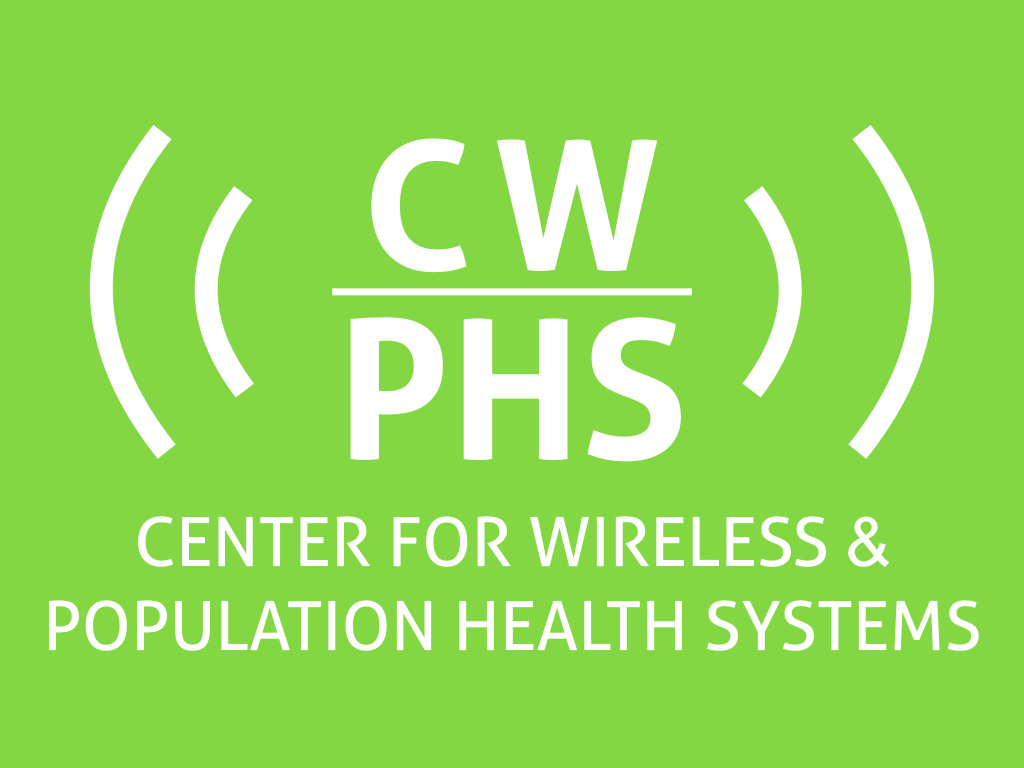
Geographical Information Systems (GIS)
EPARC staff can develop objective measures of social and physical environments, and spatially map
Global Positioning System (GPS)
The global positioning system is a worldwide radio-based navigation system formed from a constellation of 24 satellites and their ground stations. The technology involves a GPS receiver that can “see” at least several satellites at any time from any point on Earth, and in seconds can use the travel time of radio signals to pinpoint a user’s position to within a few feet. In a sense, the GPS assigns a unique address to every square foot on the planet.
Real-world applications of GPS include location, navigation, tracking, mapping, and timing. GPS technology can be used to locate and monitor real-time movement of individuals as they go about their daily activities, tracking their route and distance traveled, which serves as a useful, low-burden tool for physical activity measurement and intervention studies. Several GPS-enabled devices are emerging in the physical activity research field, and products such as e/Balance™ maximize GPS technology by sending physical activity prompts based on the user’s location.
GPS technology is often used in conjunction with Geographic Information System (GIS) software to visualize and analyze GPS data. An EPARC consultant can help educate you in the latest advances in these technologies and how to best integrate GPS and GIS into your study.




